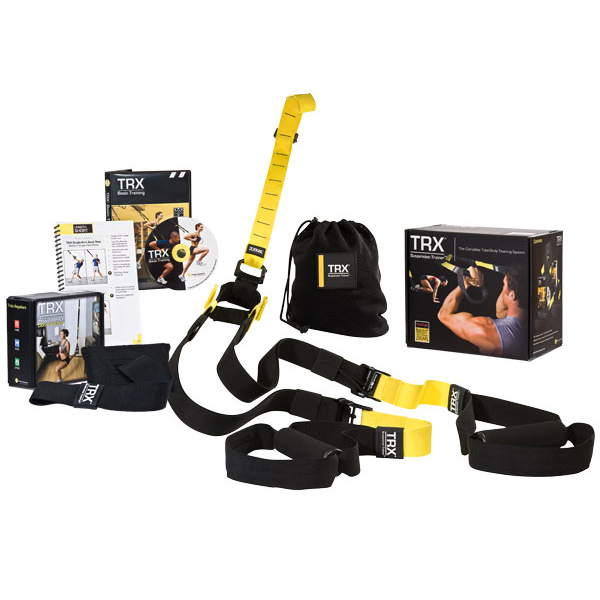Every few years, the pendulum of humanity swings back to a time long gone. Whether it’s bell bottoms coming back in style or automobile styles such as the PT Cruiser, the affinity for things of the past hold a certain air of class and utility. Recently this trend has been seen in the nutrition and fitness fields as well. The Paleo Diet is a way of eating that mimics those of our ancestors from thousands of years ago. Barefoot running with minimalist footwear has also become popular.
While neither of these concepts is new, the popularity of each has grown in recent years. The Paleo Diet is based on the premise that human genetics have changed very little since the advent of agriculture. The diet consists mainly of meats, fish, fruits, vegetables, and nuts. Grains, dairy products, salt, and refined sugars are omitted. Health benefits of the Paleo Diet are still debated amongst dietitians and those who follow the diet. While there appear to be no adverse affects of the Paleo Diet as long as adequate nutrient intake is maintained, controversy still exists as to whether the diet actually has health benefits. In speaking with several people who adhere to the diet in some form or another, all report more stable energy levels. Those who adhere to the Paleo Diet as a form of weight loss should be advised that any diet that stresses nutritionally dense foods (fruits/vegetables) over energy dense foods (those that carry more calories per gram) will promote weight loss. In this case, the Paleo Diet is not unique. The USDA recommends foods that provide a feeling of fullness while ensuring adequate nutrient intake as well.
The book Born to Run certainly increased the popularity of minimalist shoes and barefoot running, noting that the human anatomy lends itself to a natural running style – one that may in fact be hampered by extra cushioning provided by many of today’s modern running shoes. Having never been a very efficient runner, I can say that running in minimalist shoes can improve running form. Use caution, however. Because we have become accustomed to the comfort and stability of increased cushioning and support, the transition to minimalist shoes should be made gradually. In addition to footwear, proper running form is important. It used to be that running coaches preached the “heel/toe” method of running when in actuality, striking the ground on the front third of your foot with a slight forward lean creates a more natural gait.
I’m always in awe of how much we continue to learn about the human body – the machines we use more than any other. As science evolves and we learn more about ourselves and our ancestors, keep in mind that the true test of validity comes only with time. Don’t simply change your diet or running form based on the novelty of information. Stay grounded in proven science and techniques while keeping an open mind as to the many facets of fitness and nutrition that we have yet to discover.
 Product Review – TRX Suspension Trainer
Product Review – TRX Suspension Trainer